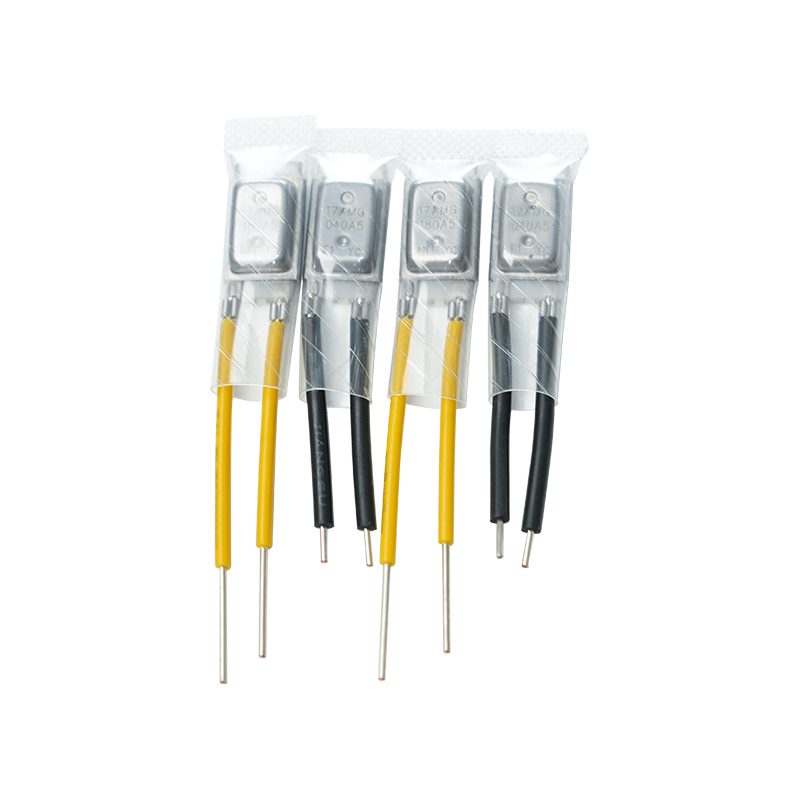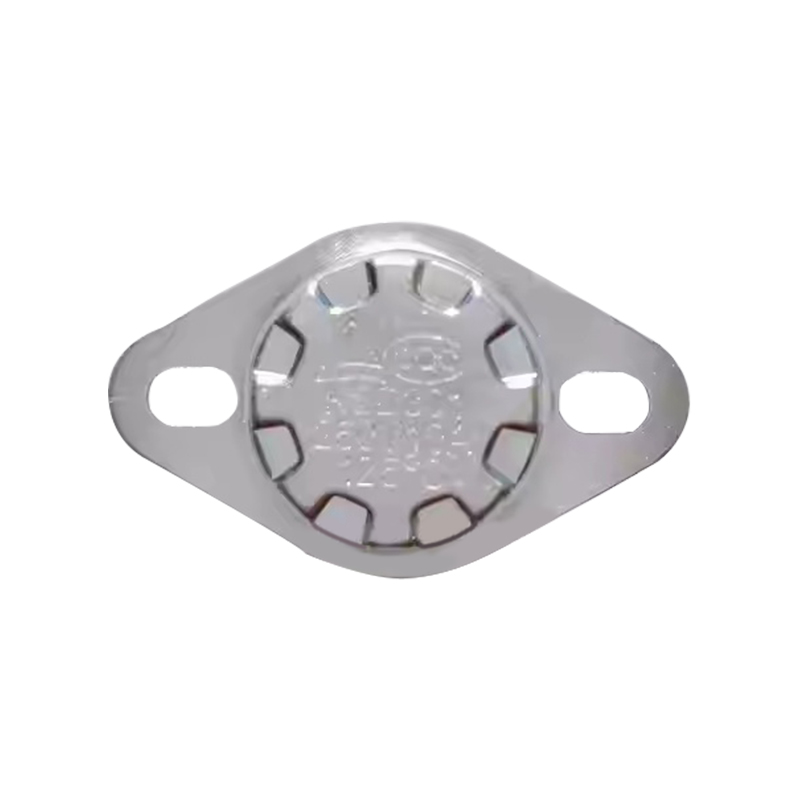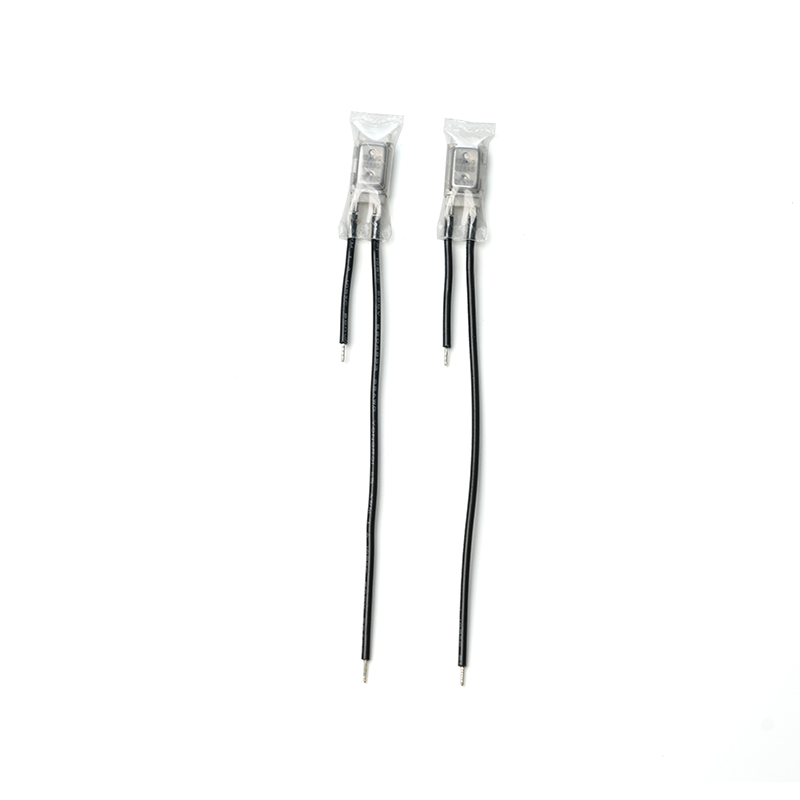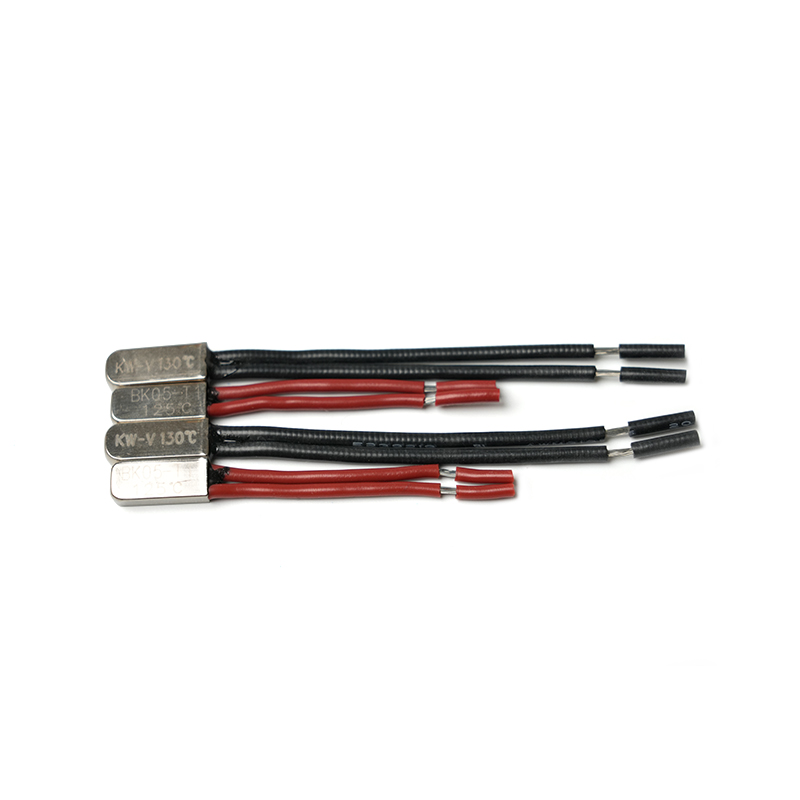What is the service life and reliability of Motor Thermal Protector?

The service life and reliability of Motor Thermal Protector are important indicators for its performance evaluation, which directly affect the safety and stability of the motor system. The following is a detailed analysis of the service life and reliability of Motor Thermal Protector:
Factors affecting service life
The service life of Motor Thermal Protector is affected by many factors, including design, materials, working environment, and frequency of use.
Mechanical fatigue (bimetallic protector)
Problem description:
The bimetallic protector achieves switching action by bending the metal sheet. Each action causes the metal sheet to deform, and long-term use may cause metal fatigue.

Impact:
The action sensitivity decreases and may not respond to temperature changes in time.
In severe cases, the protector may fail and fail to disconnect the circuit.
Solution:
Select high-quality bimetallic materials to improve fatigue resistance.
Optimize the durability test of the number of actions during the design stage.
Electronic component aging (thermistor protector)
Problem description:
Thermistor protectors rely on electronic components (such as thermistors, control circuits) to detect temperature changes. After long-term use, these components may degrade in performance due to aging.
Impact:
The temperature detection accuracy is reduced, which may cause false operation or delayed operation.
The control circuit may fail, causing the protector to fail.
Solution:
Use high-reliability electronic components and perform strict life tests.
Inspect and replace aged electronic components regularly.
Environmental factors
High temperature environment:
Long-term exposure to high temperature environment will accelerate the aging of the protector material and shorten the service life.
High humidity environment:
Humidity may cause corrosion of electrical connections, affecting reliability.
Vibration and shock:
Strong vibration or shock may cause the protector to loosen or be damaged.
Solution:
Choose a protector model that is suitable for a specific environment, such as high temperature resistant, waterproof, and shock-resistant products.
Take protective measures during installation, such as sealing or anti-vibration fixing.
Action frequency
Problem description:
If the motor is frequently started and stopped or overloaded, the action frequency of the protector will increase significantly, thereby accelerating its wear.
Impact:
High-frequency action will cause the mechanical parts or electronic components of the protector to age faster.
Solution:
Choose a protector model suitable for high-frequency action according to the actual working conditions.
Optimize the motor operating conditions to reduce unnecessary starting and stopping and overloading.
How to extend the service life and improve reliability
Here are some practical suggestions to extend the service life and improve the reliability of Motor Thermal Protector:
Reasonable selection
Choose a suitable Motor Thermal Protector model according to the actual working conditions of the motor (such as rated current, operating environment, and operating frequency).
Ensure that the operating temperature of the protector matches the insulation level of the motor.
Proper installation
Choose a reasonable installation location and method to ensure that the protector can accurately sense the motor temperature.
Avoid mechanical damage to the protector during installation.
Regular maintenance
Regularly check the appearance, wiring and operating performance of the protector, and clean dust and dirt in time.
For high-frequency operating protectors, the maintenance cycle should be shortened.
Optimize the motor operating conditions
Avoid long-term overload operation or frequent starting and stopping of the motor to reduce the number of actions of the protector.
Improve the heat dissipation conditions of the motor and reduce the workload of the protector.
Backup protection measures
In key equipment, redundant protection devices (such as thermal relays or temperature sensors) can be configured to improve the overall reliability of the system.
 English
English







